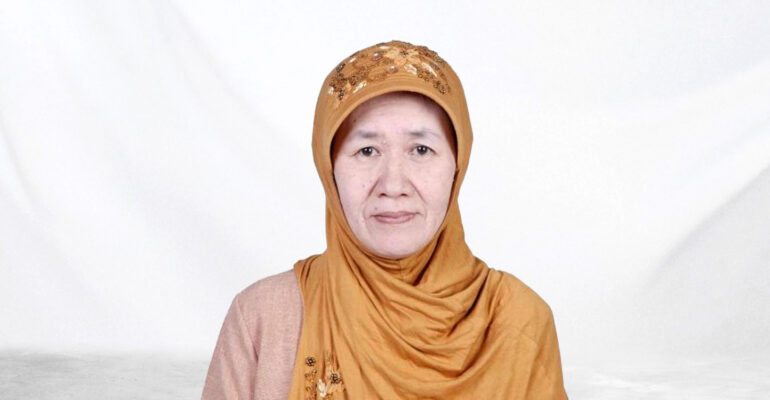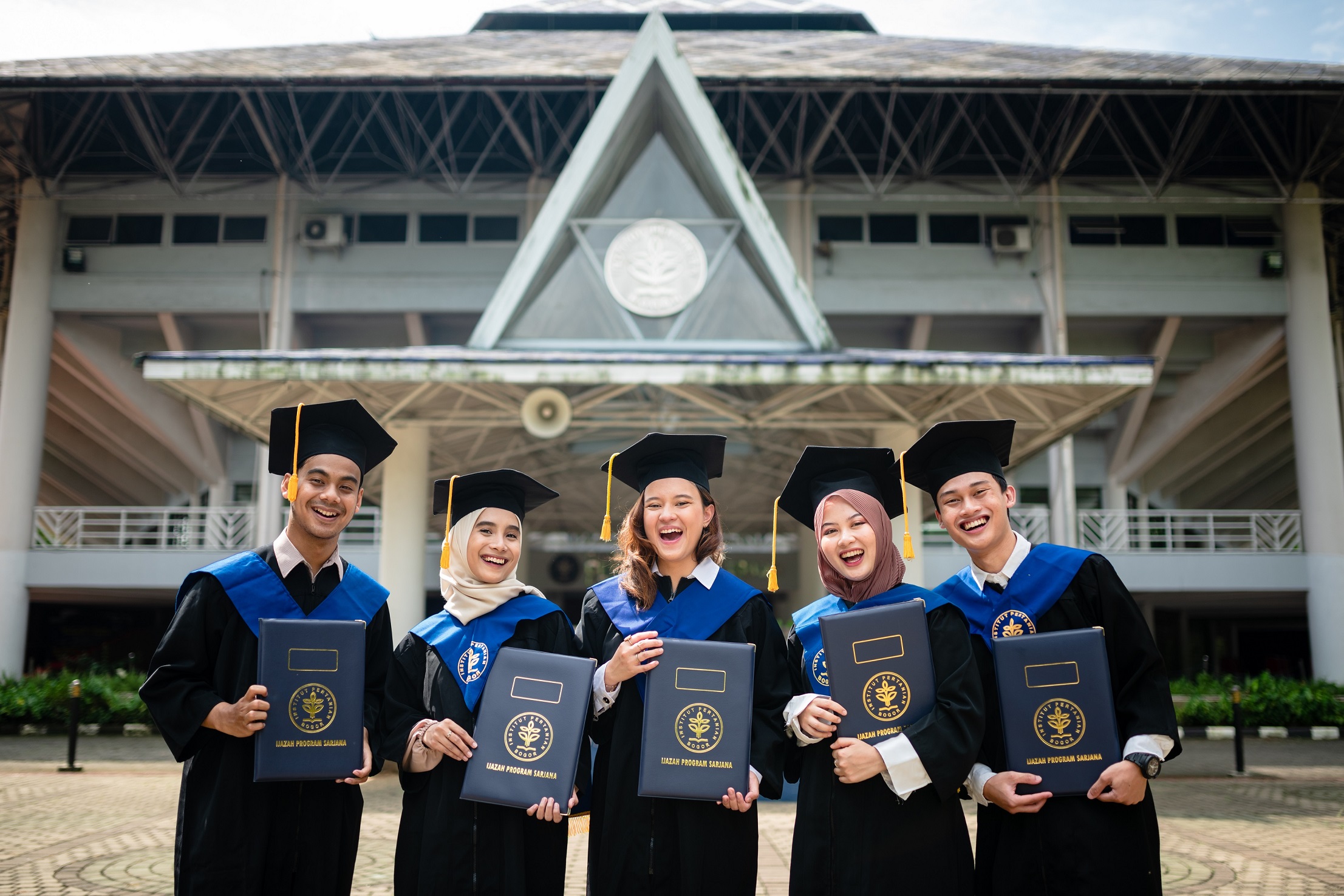IPB University Researcher: Microplastic Contamination Threatens Nearly All Indonesian Waters

World Water Day, celebrated every year on March 22, is a reminder of the vital role water plays in both human life and the environment. However, increasing challenges such as water pollution, especially plastic contamination in aquatic ecosystems, are endangering its sustainability.
Microplastic contamination in water is not just a national concern but a global issue. Indonesia ranks second after China as the country with the highest level of microplastic pollution.
Prof Etty Riani, a professor at IPB University’s Department of Aquatic Resource Management, Faculty of Fisheries and Marine Sciences (FPIK), revealed that nearly all Indonesian waters are contaminated with microplastics and even nanoplastics.
“Based on our research findings, almost all waters in Indonesia are contaminated with microplastics, even nanoplastics. Coastal areas with high population density, such as Jakarta Bay, exhibit higher contamination levels,” she explained.
Microplastics originate from the degradation of everyday products such as clothing, food and beverage packaging, household items, plastic bags, and even personal care products. Over time, plastic waste breaks down into tiny particles, forming microplastics and eventually nanoplastics.
Unfortunately, Prof Etty continued, as these plastics degrade, hazardous additives that are often toxic to humans can also be released into the environment. This poses risks to ecosystems and aquatic organisms, which can then enter the food chain and ultimately affect human health.
Moreover, microplastics can act as carriers for toxic substances present in the environment, allowing these harmful chemicals to enter living organisms, including humans, making their presence even more dangerous.
Public behavior, particularly indiscriminate waste disposal, exacerbates the contamination. Rivers that flow into the ocean serve as pathways for plastic waste. Due to its lightweight nature, plastic waste is easily carried by wind and ocean currents, accelerating its spread in both water and the atmosphere.
Prof Etty emphasized the need for further research on microplastics, supported by high-standard laboratories and equipment, as inadequate tools could lead to critical errors. “Accurate data is essential to understanding the extent of this contamination,” she stated.
However, she clarified that microplastic contamination has not yet been classified as pollution. “Pollution refers to substances exceeding established quality standards. Currently, neither Indonesia nor any developed country in the world has set quality standards for microplastic contamination in water or other media,” she explained.
She also pointed out that Indonesia’s existing environmental standards (excluding microplastics) have been adopted from other countries. Establishing national standards requires extensive toxicology testing, including trials on aquatic organisms at various life stages, tailored to specific environmental conditions such as marine or freshwater ecosystems.
“As no country has yet established quality standards for microplastic or nanoplastic contamination, we can refer to it as contamination rather than pollution,” she concluded. (IAAS/HPH)



